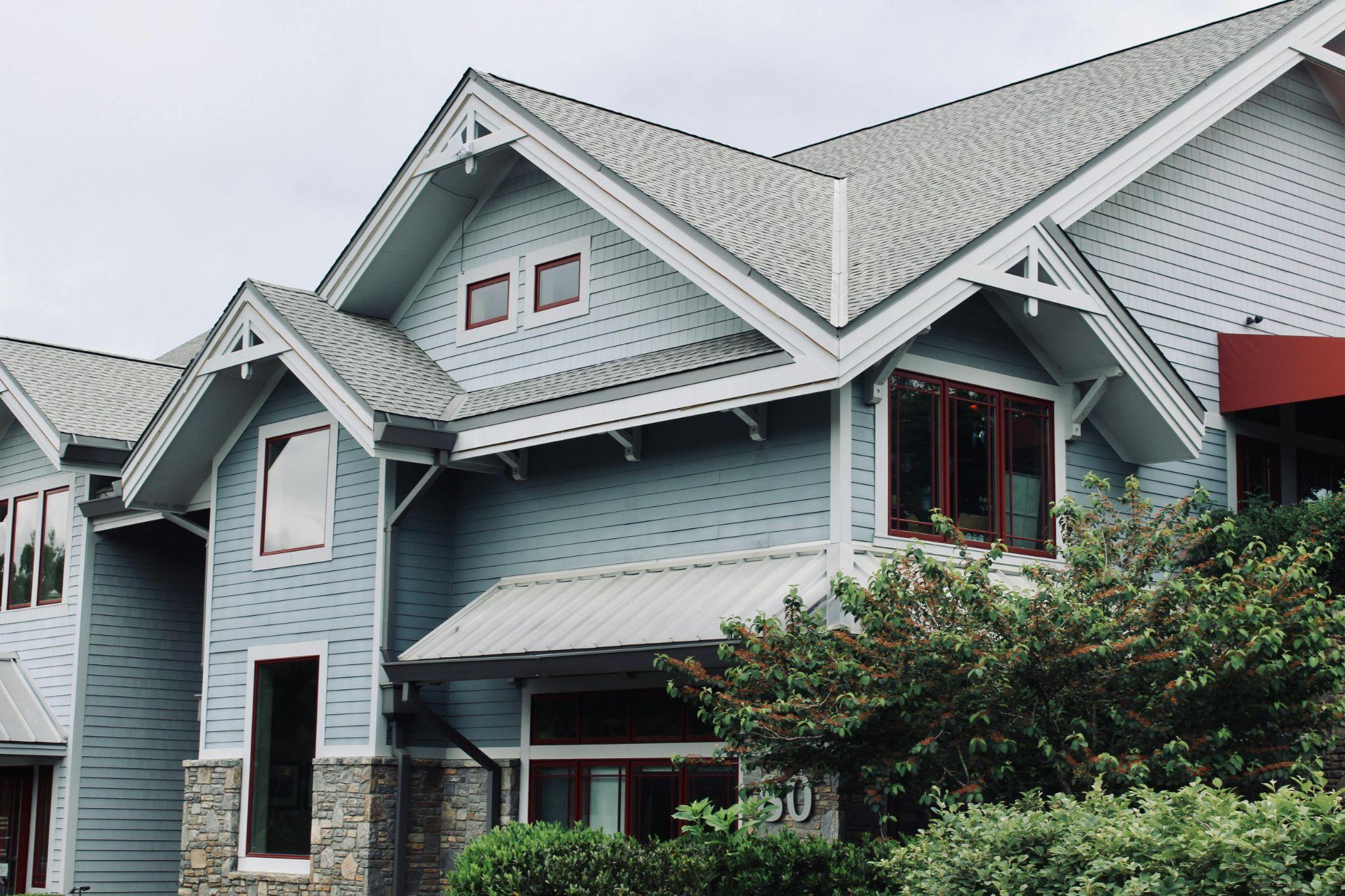The foundation of your home is its most critical structural element, supporting the weight of everything above it. When issues arise, they can compromise the integrity of your entire property, leading to costly repairs if left unaddressed. Recognizing the early warning signs of foundation problems is key to protecting your home and preventing further damage.
Why Early Detection is Crucial
Ignoring foundation issues can lead to escalating problems, including structural instability, water damage, and reduced property value. According to the American Society of Civil Engineers, foundation problems affect 25% of homes in the U.S. at some point. Spotting the signs early can save homeowners thousands of dollars in repairs.
Common Indicators of Foundation Problems
Being proactive about foundation care starts with understanding the warning signs. Here are some of the most common indicators:
1. Cracks in Walls or Floors
Not all cracks signal serious problems, but certain types should raise red flags. Horizontal cracks, stair-step cracks in brick walls, or wide fissures in floors often indicate foundation movement. These cracks can result from settling soil or water pressure.
2. Uneven or Sloping Floors
A noticeable slope or sag in your floors can be a clear indicator of foundation trouble. Use a level or a simple ball test—if the ball rolls to one side of the room, it might be time to investigate further.
3. Doors and Windows That Stick or Don’t Close Properly
If your doors and windows are suddenly difficult to open or close, the culprit could be a shifting foundation. Misaligned frames and gaps at the tops or bottoms are additional signs of concern.
4. Gaps Between Walls, Floors, or Ceilings
As foundations move, they can pull walls and ceilings apart, creating noticeable gaps. These separations can worsen over time, indicating significant structural shifts.
5. Water Intrusion and Moisture Issues
Foundation damage often allows water to seep into basements or crawl spaces. Look for pooling water, damp spots, or mold growth, all of which signal potential foundation vulnerabilities.
Checklist: How to Spot Foundation Problems in Your Home
Here’s a quick checklist of common foundation problem indicators to watch for:
- Visible cracks in walls, ceilings, or floors.
- Uneven or sloped floors.
- Doors and windows that don’t close properly.
- Gaps between walls, floors, or ceilings.
- Persistent water intrusion or dampness in the basement.
If you notice one or more of these signs, it’s best to consult a professional for a thorough evaluation.
What Causes Foundation Problems?
Foundation issues can arise from a variety of factors, many of which are related to soil and water conditions:
- Soil Movement: Expansive soils, like clay, swell when wet and shrink when dry, causing foundation shifts.
- Poor Drainage: Excess water around your foundation can lead to erosion or hydrostatic pressure, compromising stability.
- Tree Roots: Large roots can push against the foundation, leading to cracks or uneven settling.
- Poor Construction: Inadequate soil compaction or weak materials during the building process can lead to premature foundation problems.
Understanding these causes can help homeowners take preventative steps, such as improving drainage or landscaping wisely.
How to Address Foundation Issues
The severity of the issue determines the solution. For minor cracks, a DIY repair kit may suffice, but for significant problems, professional intervention is essential. Experts like Xpert Foundation Repair can use advanced techniques like piering or slab-jacking to stabilize or lift your foundation.
Costs and Risks of Ignoring Foundation Problems
Foundation repairs can range from $500 for minor fixes to over $10,000 for major structural reinforcements. However, ignoring the problem often results in higher costs down the line. For example:
- Persistent water leaks can lead to mold remediation, averaging $2,500–$7,000.
- Severe foundation movement can require total replacement, costing upwards of $25,000.
Preventing Foundation Problems
Preventative measures are often the best investment when it comes to foundation health. Here’s how you can reduce your risk:
- Maintain Proper Drainage: Ensure gutters and downspouts direct water away from your home.
- Control Moisture Levels: Use soaker hoses during dry periods to keep the soil around your foundation stable.
- Regular Inspections: Check for signs of damage at least twice a year, especially after heavy rainfall or drought.
- Landscaping Smartly: Plant trees and shrubs away from the foundation to avoid root intrusion.
These simple steps can go a long way in keeping your foundation stable and your home protected.
The Importance of Professional Inspections
While some signs of foundation damage may seem minor, they can quickly escalate into major issues. Professional inspections provide peace of mind and accurate assessments. Experienced contractors can identify the root cause of the problem and recommend the most effective solutions.
Final Thoughts
Protecting your home starts with understanding the importance of a stable foundation. By staying vigilant for common warning signs and addressing problems early, you can avoid costly repairs and maintain the structural integrity of your property. Taking action today ensures your home remains safe, secure, and valuable for years to come.








